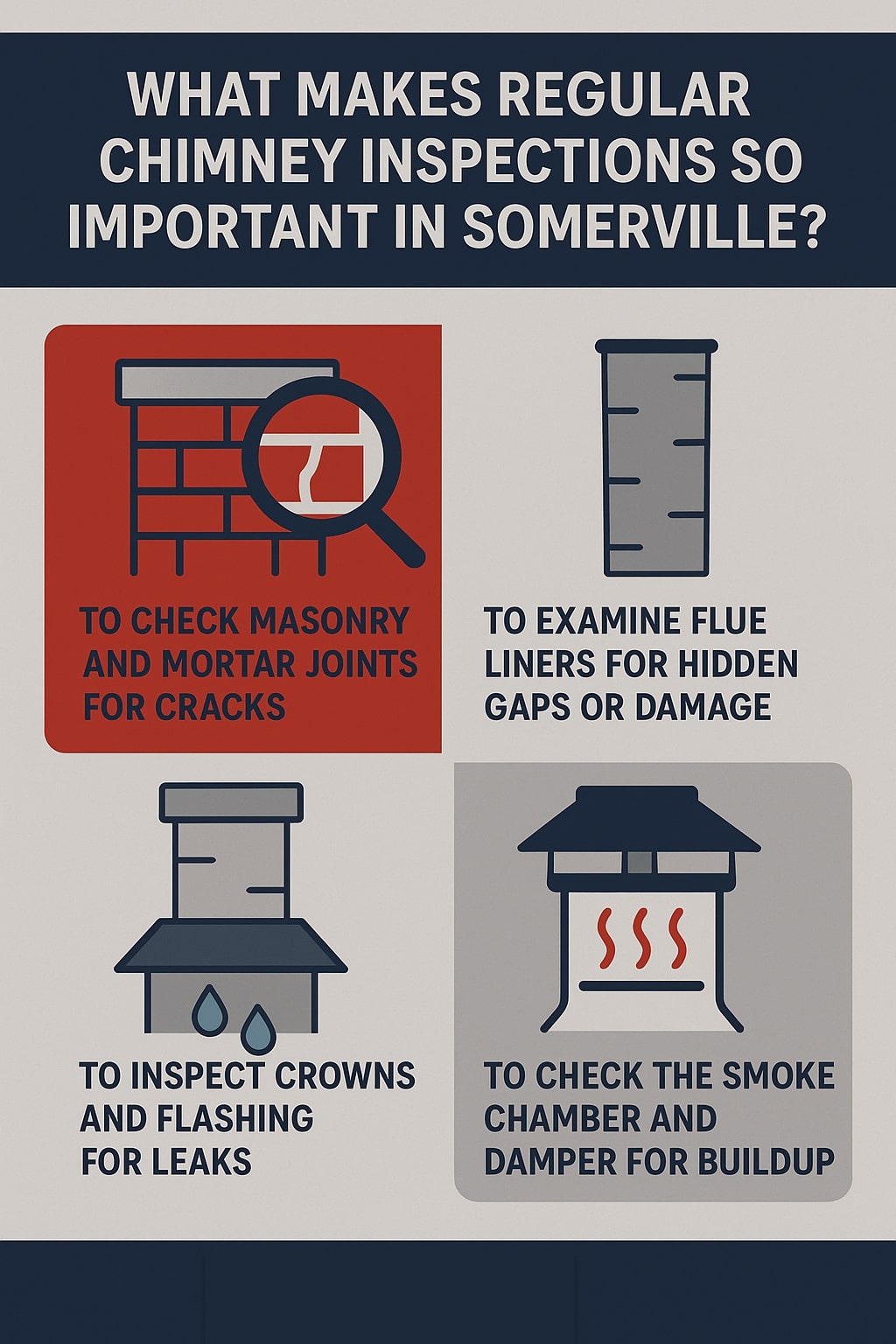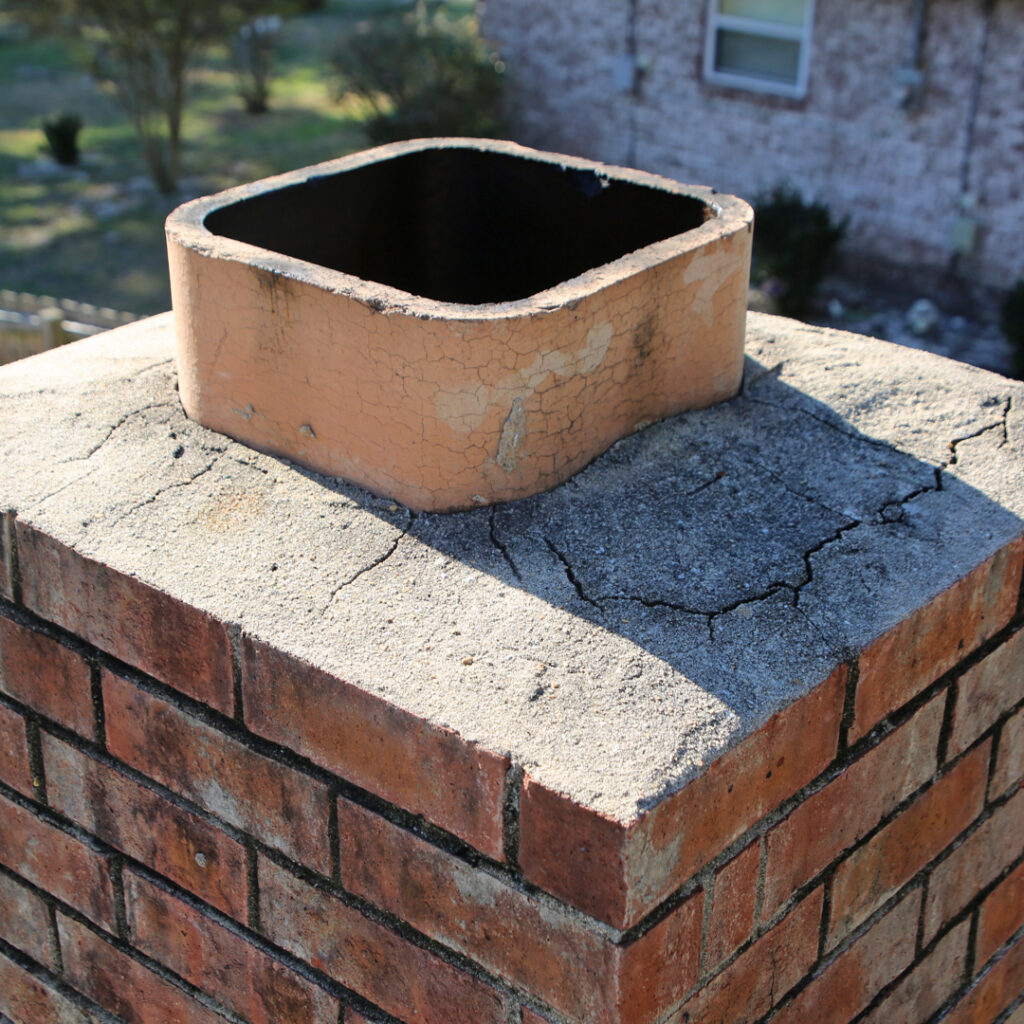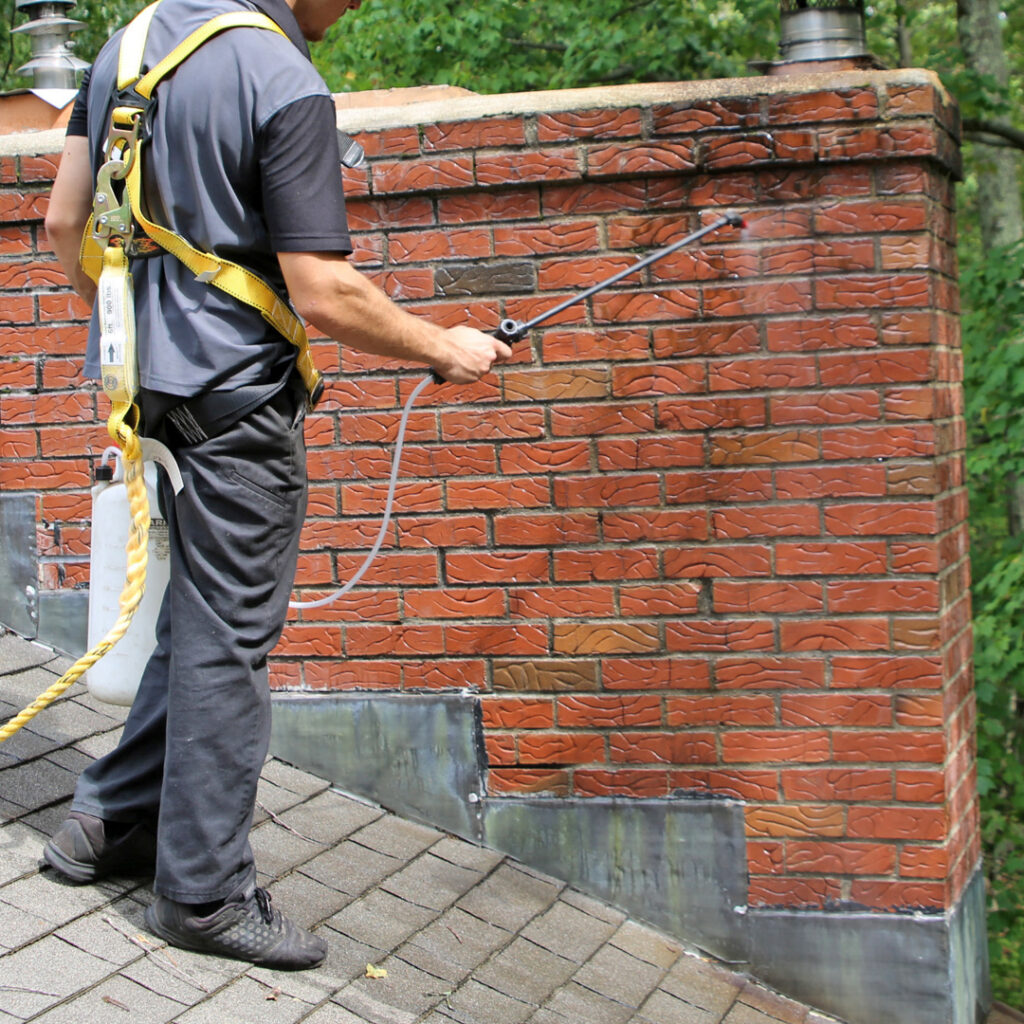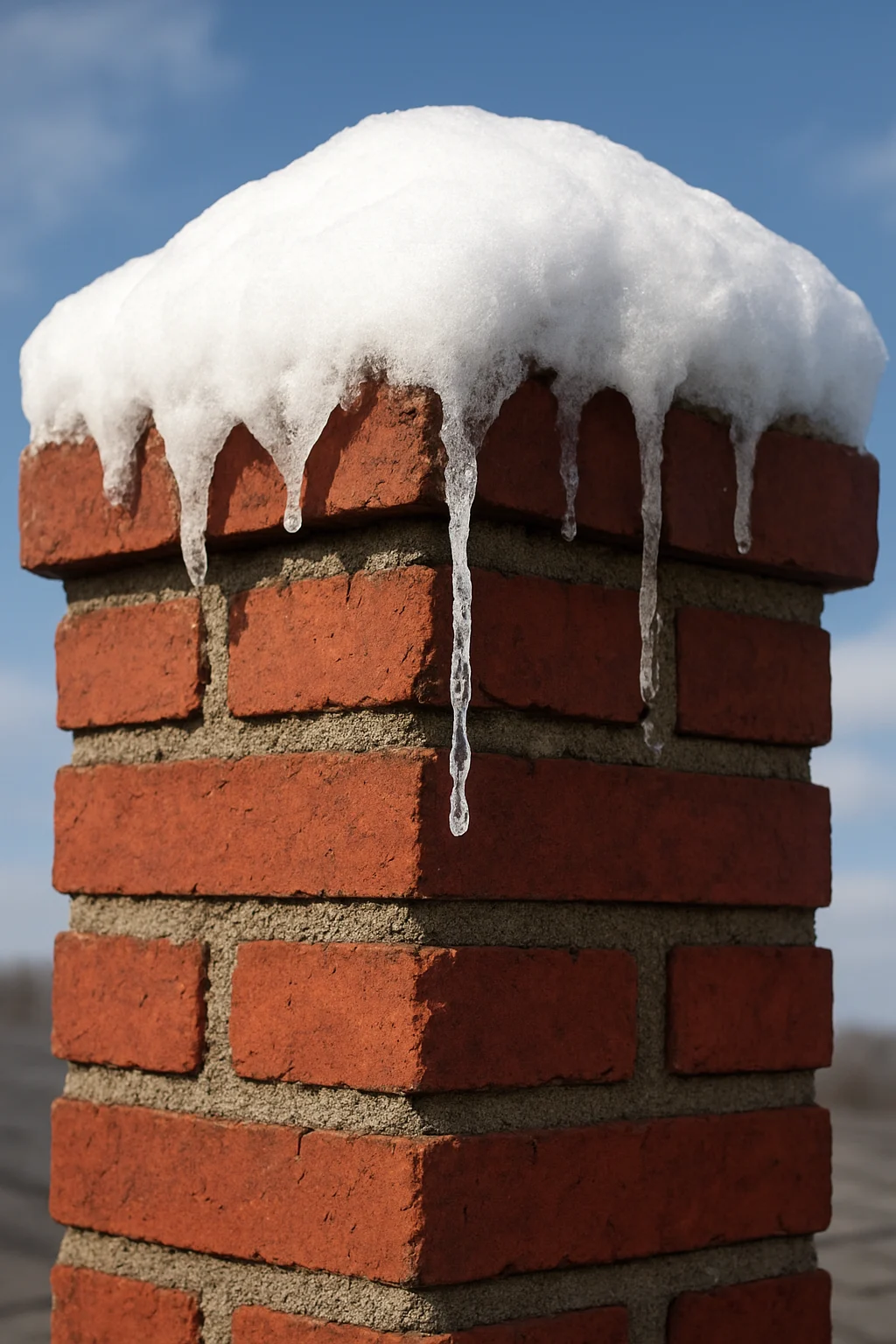Cozy Nights Ahead: Making Sure Your Fireplace is Ready for Fall
As the days grow shorter and the nights turn crisp, there’s something undeniably magical about gathering around a fireplace. But here’s the truth: you can only fully enjoy those cozy nights if your fireplace is working efficiently and safely.
What We’re Seeing in the Market
At Best Chimney, we’ve noticed a significant shift in the industry. Gas log sales are down—way down. And we believe we know why: traditional gas logs are simply inefficient compared to what’s available today.
Here’s what’s changed: fireplace inserts—both wood-burning and gas—have become the standard, and for good reason. Modern inserts are engineered to capture and direct heat far more effectively than older gas log systems. Homeowners are waking up to the fact that they can get substantially more warmth, better efficiency, and superior performance with an upgrade.
Why Inserts Are Becoming the Standard
If your gas logs have been around for a while, they’re simply outdated compared to today’s technology. Modern fireplace inserts—whether wood-burning or gas—are engineered to maximize heat output and distribution in ways older systems just can’t match.
This shift isn’t just a trend. It’s about creating those perfect cozy evenings without the nagging feeling that you’re throwing money away on inefficient heating.
Why Your Chimney System Matters More Than You Think
Before you can enjoy a cozy night by the fire, your entire chimney system needs to be inspected. Here’s why it matters:
Safety First: A poorly maintained chimney can develop creosote buildup, cracks, or blockages that create fire hazards or allow dangerous carbon monoxide to seep into your home. A professional inspection catches these issues before they become emergencies—and before they disrupt your family time.
Peak Performance: Even the best fireplace insert won’t work efficiently if your chimney isn’t properly maintained. Drafting issues, leaks, or damaged flue liners waste heat and reduce effectiveness.
Peace of Mind: There’s nothing cozy about worrying whether your fireplace is safe. Professional maintenance gives you the confidence to light that fire, settle in with loved ones, and simply enjoy the moment.
Maximizing Your Fireplace Efficiency
If you’re thinking about upgrading to a modern insert or simply want to get more out of your current system, here are some practical tips:
Get a Professional Inspection: Have Best Chimney assess your entire system. We’ll identify any inefficiencies, safety concerns, or opportunities to upgrade. Many customers are surprised at how much improvement is possible.
Keep It Clean: Annual chimney sweeps aren’t just recommended—they’re essential. Creosote buildup reduces efficiency and increases fire risk. Cleaner chimneys work better, period.
Consider an Insert Upgrade: If your gas logs are 10+ years old, upgrading to a modern insert could significantly improve heating efficiency and your overall comfort. The return on investment often comes faster than you’d expect.
Utilize Ceiling Fans: Run your ceiling fan on low clockwise to circulate warm air down.
Preventing heat loss: Make sure the damper is closed when not in use or invest in glass doors. Be sure to use your fireplace strategically to supplement your main heating system. Every bit helps!
The Best Chimney Difference
We’re not just in the business of sweeping chimneys—we’re helping families reclaim those warm, connected moments that matter most. When you call Best Chimney for an inspection or maintenance, you’re investing in safety, efficiency, and peace of mind.
This fall and winter, don’t settle for a fireplace that’s just going through the motions. Make sure it’s ready to deliver the warmth, comfort, and ambiance you deserve.
Ready for cozy nights ahead? Give Best Chimney a call today for a professional inspection and chimney sweeping. Let’s make sure your fireplace is as efficient and ready for use—so you can focus on what really matters: time with the people you love, gathered around the warmth of a well-maintained fireplace.
Best Chimney: Your trusted partner for chimney safety, efficiency, and peace of mind.
The post Cozy Nights Ahead: Making Sure Your Fireplace is Ready for Fall appeared first on Boston's Best Chimney.



 Myth 1: Brick and Mortar Don’t Let Water In
Myth 1: Brick and Mortar Don’t Let Water In




 Charge into Fire Safety:
Charge into Fire Safety: Join the National Fire Prevention Association in this wonderful celebration of education. Help them by continuing this very beneficial program by making this year’s event a success.
Join the National Fire Prevention Association in this wonderful celebration of education. Help them by continuing this very beneficial program by making this year’s event a success.